Home>Garden Essentials>What Does An Interior Slab Infill Inspection Entail In Collier County
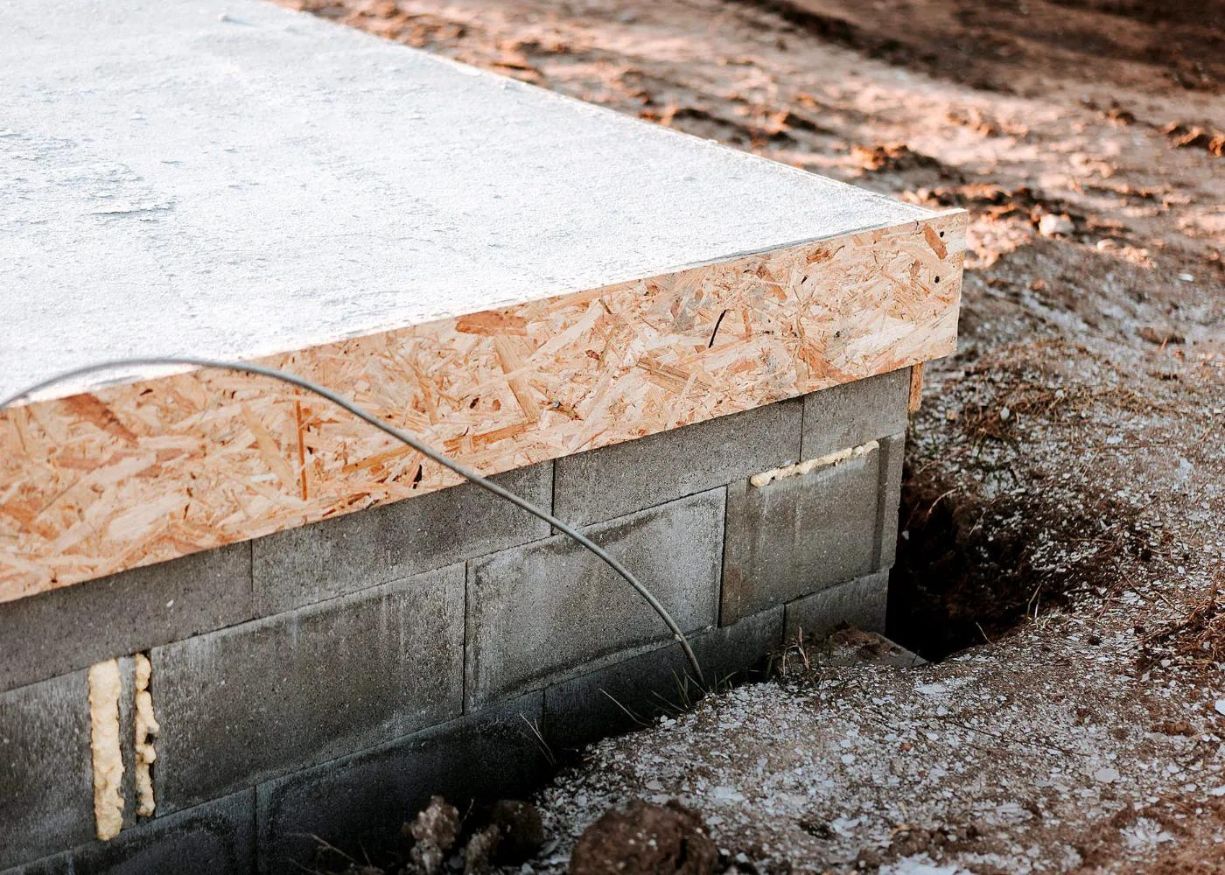

Garden Essentials
What Does An Interior Slab Infill Inspection Entail In Collier County
Modified: March 7, 2024
Discover what an interior slab infill inspection includes in Collier County. Find out how to ensure your garden is properly inspected and maintained.
(Many of the links in this article redirect to a specific reviewed product. Your purchase of these products through affiliate links helps to generate commission for Storables.com, at no extra cost. Learn more)
Introduction
Welcome to our comprehensive guide on interior slab infill inspections in Collier County. If you’re a homeowner or property manager in the area, it’s essential to understand the importance of this inspection process. In this article, we will delve into the purpose of interior slab infill inspections, the inspection process itself, and the key areas that are examined. By familiarizing yourself with this information, you can ensure the structural integrity and safety of your property.
An interior slab infill inspection is a detailed assessment of the concrete slabs within a building. This inspection is typically done when the structure is undergoing renovations or after construction to ensure that the slab has been correctly formed and reinforced. The purpose of the inspection is to identify any potential issues or defects in the concrete that could compromise the stability and lifespan of the building.
During the inspection, the condition of the interior slabs, including the quality of the concrete, reinforcement materials, and proper installation, will be evaluated. The inspection process involves a combination of visual assessments, specialized testing, and documentation review to ensure compliance with building codes and industry standards.
Collier County has specific requirements and regulations in place for interior slab infill inspections to ensure the safety of its residents and buildings. It is crucial to have a thorough understanding of these requirements to comply with the inspection process effectively.
In the following sections, we will discuss the inspection process in more detail, including the specific documentation needed, the key areas that are examined during the inspection, and common issues that are often found. Understanding these aspects will give you a comprehensive understanding of what to expect during an interior slab infill inspection.
By staying informed and proactive, you can mitigate potential risks and maintain the longevity of your property. So, let’s dive in and explore the world of interior slab infill inspections in Collier County!
Key Takeaways:
- Interior slab infill inspections in Collier County ensure buildings are safe and durable by checking for cracks, reinforcement, and proper concrete quality. Regular inspections prevent costly repairs and maintain property value.
- Inspections involve visual checks, testing, and reviewing construction documents. Identifying issues early helps keep buildings safe and structurally sound. Compliance with building codes and standards is crucial for maintaining quality.
Purpose of Interior Slab Infill Inspection
The purpose of an interior slab infill inspection is to assess the structural integrity and safety of the concrete slabs within a building. This inspection is crucial during renovations or after construction, as it ensures that the interior slabs have been properly formed and reinforced, adhering to building codes and industry standards.
By conducting an interior slab infill inspection, property owners and managers can identify any potential issues or defects in the concrete that could compromise the stability and lifespan of the building. This inspection also helps in preventing future problems, such as cracks, settlement, or unevenness in the floors.
One of the primary purposes of this inspection is to evaluate the quality of the concrete used in the construction of the interior slabs. The inspector will assess factors such as the strength, durability, and density of the concrete to determine if it meets the required standards. Properly mixed and cured concrete is essential for the long-term stability and performance of the slabs.
Another crucial aspect of an interior slab infill inspection is examining the reinforcement materials used within the slabs. Reinforcing bars or mesh are typically embedded in the concrete to provide added strength and prevent cracking. During the inspection, the inspector will check the placement, spacing, and size of these reinforcement materials to ensure they are correctly installed and comply with specifications.
During the inspection process, the inspector will also assess the installation of control joints. Control joints are intended to allow for movement and expansion of the concrete slabs, reducing the risk of crack formation. The inspector will ensure that these joints are properly placed and adequately sized to accommodate the expected movement.
Additionally, the purpose of the interior slab infill inspection is to verify that proper curing protocols were followed. Curing is the process of maintaining the moisture content and temperature of the concrete for a specified period to ensure optimal strength development. Improper curing can result in weakened concrete and potential structural problems.
Overall, the primary purpose of an interior slab infill inspection is to assess the quality and integrity of the concrete slabs within a building. By identifying any issues or deficiencies during the inspection, appropriate corrective measures can be taken to ensure the long-term stability, safety, and performance of the structure.
Process of Interior Slab Infill Inspection
The process of an interior slab infill inspection involves a systematic assessment of the concrete slabs within a building. This inspection is typically performed by a qualified inspector who is familiar with Collier County’s building codes and industry standards. Let’s dive into the steps involved in the inspection process:
- Preparation: Before the inspection, it is essential to gather the necessary documentation, including construction plans, permits, and any relevant specifications. These documents will be used as references during the inspection process.
- Visual Assessment: The inspector will start by visually examining the interior slabs. They will look for any visible signs of cracks, unevenness, or other signs of damage. The inspector will also inspect the placement and condition of reinforcing bars or mesh, as well as the installation of control joints.
- Non-Destructive Testing: In addition to the visual assessment, the inspector may utilize non-destructive testing methods to further evaluate the quality and integrity of the concrete. This may include techniques such as infrared thermography to detect hidden moisture or scanning devices to assess the thickness and density of the slabs.
- Documentation Review: The inspector will review the construction plans and specifications to ensure compliance with building codes and standards. They will check if the materials used and the methods employed align with the approved plans. This step is crucial to identify any deviations or discrepancies that may affect the structural integrity of the slabs.
- Testing and Sampling: In some cases, the inspector may collect samples of the concrete for testing in a laboratory. This testing can assess the strength, density, and composition of the concrete, providing additional insights into its quality. These tests can further validate if the concrete meets the required standards.
- Documentation and Reporting: After completing the inspection, the inspector will compile a detailed report summarizing their findings. The report will include photographs, notes, test results, and recommendations for any necessary repairs or corrective actions. This documentation is important for record-keeping and serves as a reference for future inspections or renovations.
It is important to note that the specific steps involved in an interior slab infill inspection may vary depending on the size, scope, and purpose of the building. The inspector will tailor the inspection process to the unique characteristics of the structure being assessed.
By following a well-defined and comprehensive inspection process, property owners and managers can ensure that the interior slabs of their building meet the required standards and are structurally sound.
Required Documentation
For an interior slab infill inspection in Collier County, various documents are essential to ensure compliance with building codes and standards. These documents provide crucial information about the construction plans, materials used, and the overall integrity of the building. Let’s explore the required documentation for an interior slab infill inspection:
- Construction Plans: Construction plans are detailed drawings that outline the design and specifications of the building. These plans include information about the layout, dimensions, and materials used in the interior slabs. The inspection process involves reviewing these plans to assess if the construction aligns with the approved design.
- Permits and Approvals: It is essential to have copies of the permits and approvals obtained for the construction of the building. These documents demonstrate that the construction process followed the proper legal procedures and met the necessary regulations. The inspector will review these permits to ensure that the interior slabs were constructed in compliance with the approved plans.
- Material Documentation: Documentation related to the materials used in the construction of the interior slabs is crucial for an inspection. This includes information about the concrete mix design, reinforcing materials such as rebar or mesh, and curing methods applied. These documents provide insights into the quality and durability of the materials used.
- Testing Reports: If any non-destructive or laboratory testing was conducted on the concrete or other materials, the reports from these tests should be available for review. These reports provide valuable information about the strength, density, and composition of the materials, further validating their compliance with standards.
- Certificates and Compliance Documentation: Any certificates or documentation related to compliance with quality assurance programs, industry standards, or specific requirements should be provided. This can include certifications for the concrete supplier, reinforcing material manufacturer, or applicable building codes and standards.
- Contractor Documentation: In some cases, the inspector may request documentation related to the contractor or construction company involved in the project. This can include licenses, certifications, or other qualifications that demonstrate their expertise and adherence to industry best practices.
Having these documents readily available ensures a smooth and efficient inspection process. It allows the inspector to verify that the construction of the interior slabs meets the necessary criteria and helps identify any non-compliance issues that need to be addressed.
It is important for property owners and managers to keep these documents organized and easily accessible for future inspections or for any necessary repairs or renovations. Proper documentation not only ensures compliance but also provides a valuable record of the building’s construction history.
When conducting an interior slab infill inspection in Collier County, make sure to check for proper compaction of the infill material, ensure that it is level and free of any voids, and inspect for any signs of cracking or settlement.
Key Inspection Areas
During an interior slab infill inspection in Collier County, certain key areas are thoroughly examined to assess the structural integrity and quality of the concrete slabs. Identifying potential issues in these areas is crucial for ensuring the safety and longevity of the building. Let’s explore the key inspection areas:
- Concrete Quality: The quality of the concrete used in the interior slabs is of paramount importance. The inspector will evaluate factors such as the strength, durability, and density of the concrete. They will check if the appropriate concrete mix design was followed, considering factors like aggregate size, cement content, and water-cement ratio. Any deviations from the specified mix design can affect the concrete’s strength and long-term performance.
- Reinforcing Materials: Reinforcing materials, such as rebar or mesh, are embedded within the concrete to enhance its strength and prevent cracking. The inspector will examine the placement, spacing, and size of these materials to ensure they comply with the approved design and industry standards. Properly installed reinforcement provides the necessary structural support for the slabs.
- Control Joints: Control joints are intentionally placed in the concrete slabs to allow for movement and minimize the risk of cracking. The inspector will assess the placement, spacing, and size of these joints to ensure they are appropriately installed according to the approved plans and industry standards. Well-placed control joints help accommodate the natural expansion and contraction of the concrete, preventing unsightly and potentially damaging cracks.
- Curing Methods: Proper curing of the concrete is crucial for achieving optimal strength and durability. The inspector will assess whether the proper curing methods were followed, including maintaining the necessary moisture content and temperature during the curing process. Inadequate curing can lead to weakened concrete and result in premature deterioration and structural issues.
- Surface Condition: The surface condition of the interior slabs is also evaluated during the inspection. The inspector will look for any visible signs of damage, such as cracks, spalling, or unevenness. These surface defects can indicate underlying structural problems or poor workmanship that may require remediation.
- Moisture and Waterproofing: Moisture issues can lead to significant damage to the interior slabs and the overall structure. The inspector will assess the moisture levels in the slabs and evaluate the effectiveness of any waterproofing measures that have been applied. Proper moisture management is essential to prevent conditions that promote mold growth, deterioration of the slabs, and potential structural damage.
By thoroughly inspecting these key areas, the inspector can identify any deficiencies or potential problems in the interior slabs. This allows for timely repairs or remediation to ensure the structural integrity and safety of the building.
It is important for property owners and managers to be aware of these key inspection areas and address any issues promptly. Regular inspections and maintenance can help prevent costly repairs and extend the lifespan of the concrete slabs.
Read more: How Much Does Slab Leak Repair Cost
Common Issues Found During Inspection
During an interior slab infill inspection in Collier County, certain common issues are frequently encountered. Identifying these issues is essential as they can compromise the structural integrity, safety, and lifespan of the building. Let’s explore some of the common issues found during an inspection:
- Cracks: Cracks in the interior slabs are a common issue and can occur due to a variety of reasons, including improper concrete placement, inadequate curing, or excessive shrinkage. These cracks can lead to water infiltration, unevenness in the floors, and potential tripping hazards.
- Settlement: Settlement is when the interior slabs sink or lower, often due to poor soil compaction or inadequate structural support. This can result in uneven or sloping floors, causing inconvenience and potential safety hazards for occupants of the building.
- Spalling: Spalling refers to the chipping or flaking of the concrete surface, typically caused by freeze-thaw cycles, moisture infiltration, or exposure to chemicals. Spalling can weaken the structure and compromise the appearance of the interior slabs.
- Insufficient Reinforcement: In some cases, the reinforcement materials within the interior slabs may be inadequate or improperly installed. This can lead to reduced structural strength and an increased risk of cracking or failure under load.
- Poor Control Joint Placement: Control joints are crucial for controlling cracking in concrete slabs. However, if they are incorrectly placed or insufficient in number, the risk of random cracking can increase. Improper control joint placement can lead to unsightly and potentially damaging cracks throughout the slabs.
- Inadequate Waterproofing: Insufficient or poorly installed waterproofing can result in moisture infiltration, leading to long-term damage to the interior slabs. Excessive moisture can weaken the concrete, promote mold growth, and cause structural deterioration.
- Improper Slope: Interior slabs in areas such as bathrooms or kitchens should have a proper slope to ensure efficient drainage. If the slabs are not correctly sloped, water can accumulate, leading to potential water damage and mold growth.
These common issues can significantly impact the integrity and functionality of the interior slabs. When identified during an inspection, property owners and managers should address these issues promptly by consulting with qualified professionals. Appropriate repairs or remedial measures can help mitigate further damage and prolong the life of the concrete slabs.
Regular inspections and ongoing maintenance are essential for identifying and addressing these common issues in a timely manner. By staying proactive, property owners can prevent costly repairs, ensure the safety of occupants, and maintain the overall quality of the building.
Importance of Interior Slab Infill Inspection
An interior slab infill inspection is of utmost importance for ensuring the structural integrity, safety, and longevity of a building. Let’s explore the key reasons why this inspection is crucial:
- Identifying Potential Issues: Through a thorough inspection, any potential issues or defects in the interior slabs can be identified. This includes issues such as cracks, settlement, spalling, insufficient reinforcement, or poor control joint placement. Identifying these issues early allows for prompt repairs or remediation, preventing them from escalating into more significant problems.
- Maintaining Structural Integrity: The interior slabs form a critical part of the building’s structure. Ensuring their proper formation, reinforcement, and support is essential to maintain the structural integrity of the building. An inspection helps verify that the slabs were constructed according to the approved plans and met the required standards, minimizing the risk of structural failures.
- Safety of Occupants: The safety of the occupants is paramount in any building. An interior slab infill inspection helps identify any hazards that may pose a risk to the occupants. This includes identifying uneven floors, tripping hazards, or compromised structural elements that may jeopardize their well-being. By addressing these issues, the safety of the occupants can be ensured.
- Preventing Further Damage: Early detection and timely repairs can prevent minor issues from escalating into more significant and costly problems. For example, addressing small cracks or spalling can prevent water infiltration, further deterioration, and potential structural damage. Regular inspections allow for proactive maintenance, saving property owners from costly repairs in the long run.
- Compliance with Building Codes and Standards: Interior slab infill inspections are essential to ensure compliance with Collier County’s building codes and industry standards. These inspections verify that the construction of the slabs adheres to the approved plans and meets the necessary regulations. Complying with the codes and standards helps maintain the quality and safety of the building.
- Preserving Property Value: A well-maintained building with structurally sound interior slabs is more likely to retain its value over time. Regular inspections and necessary repairs help preserve the property’s value by ensuring that it remains in good condition and meets the required standards. This can be beneficial when considering resale value or attracting tenants.
By recognizing the importance of an interior slab infill inspection, property owners and managers can prioritize the maintenance and repair of the interior slabs. Regular inspections, along with necessary repairs or remediation, help ensure the long-term durability, safety, and value of the building.
It is advisable to engage qualified professionals familiar with local building codes and industry standards to conduct thorough and comprehensive interior slab infill inspections. Their expertise and experience can provide valuable insights and recommendations for maintaining the integrity and safety of the building.
Conclusion
An interior slab infill inspection is an essential process for evaluating the structural integrity and safety of the concrete slabs within a building. In Collier County, this inspection is crucial to ensure compliance with building codes and industry standards. By understanding the purpose, process, and key areas of inspection, property owners and managers can prioritize the maintenance and repairs needed to keep their buildings in optimal condition.
This comprehensive guide has provided valuable insights into the importance of interior slab infill inspections. The purpose of the inspection is to identify any potential issues or defects in the concrete that could compromise the stability and longevity of the building. By assessing the concrete quality, reinforcing materials, control joints, curing methods, and surface condition, inspectors can identify common issues such as cracks, settlement, spalling, or inadequate reinforcement.
The inspection process involves visual assessments, non-destructive testing, documentation review, and sometimes laboratory tests. The required documentation includes construction plans, permits, material documentation, testing reports, and certificates of compliance. These documents provide essential information about the construction of the interior slabs and serve as a reference for future inspections and renovations.
Recognizing the importance of interior slab infill inspections can help property owners and managers maintain the structural integrity, safety, and value of their buildings. It allows for the identification and prompt resolution of potential issues, preventing further damage and ensuring the well-being of occupants.
By complying with building codes and industry standards, property owners demonstrate their commitment to quality construction and maintenance. Regular inspections and necessary repairs contribute to the preservation of the building’s value and help prevent costly repairs in the future.
It is highly recommended to engage qualified professionals who are well-versed in interior slab infill inspections and familiar with local regulations. Their expertise and experience will ensure a thorough assessment and provide valuable recommendations for maintaining and enhancing the integrity of the interior slabs.
In conclusion, an interior slab infill inspection is a vital process for the longevity and safety of buildings. By prioritizing regular inspections and addressing any issues identified, property owners can ensure the durability, integrity, and value of their structures for years to come.
Frequently Asked Questions about What Does An Interior Slab Infill Inspection Entail In Collier County
Was this page helpful?
At Storables.com, we guarantee accurate and reliable information. Our content, validated by Expert Board Contributors, is crafted following stringent Editorial Policies. We're committed to providing you with well-researched, expert-backed insights for all your informational needs.



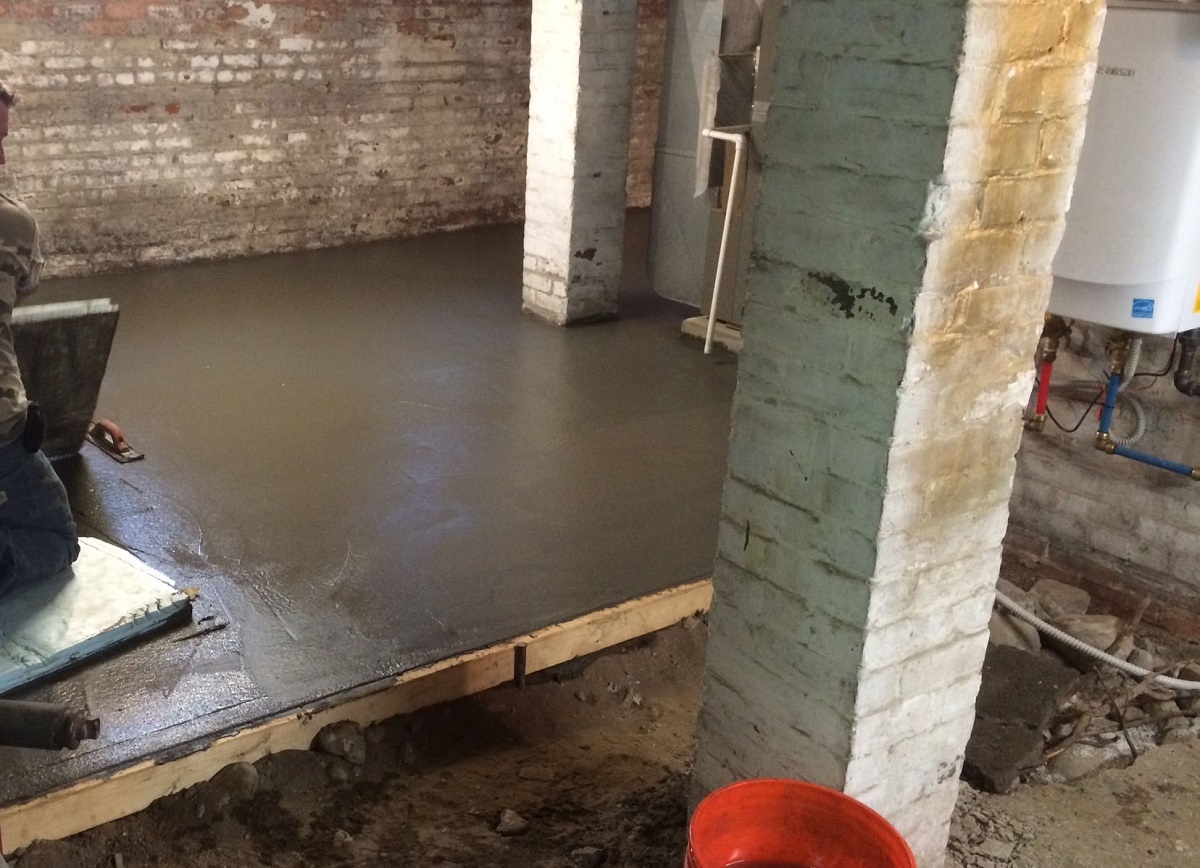
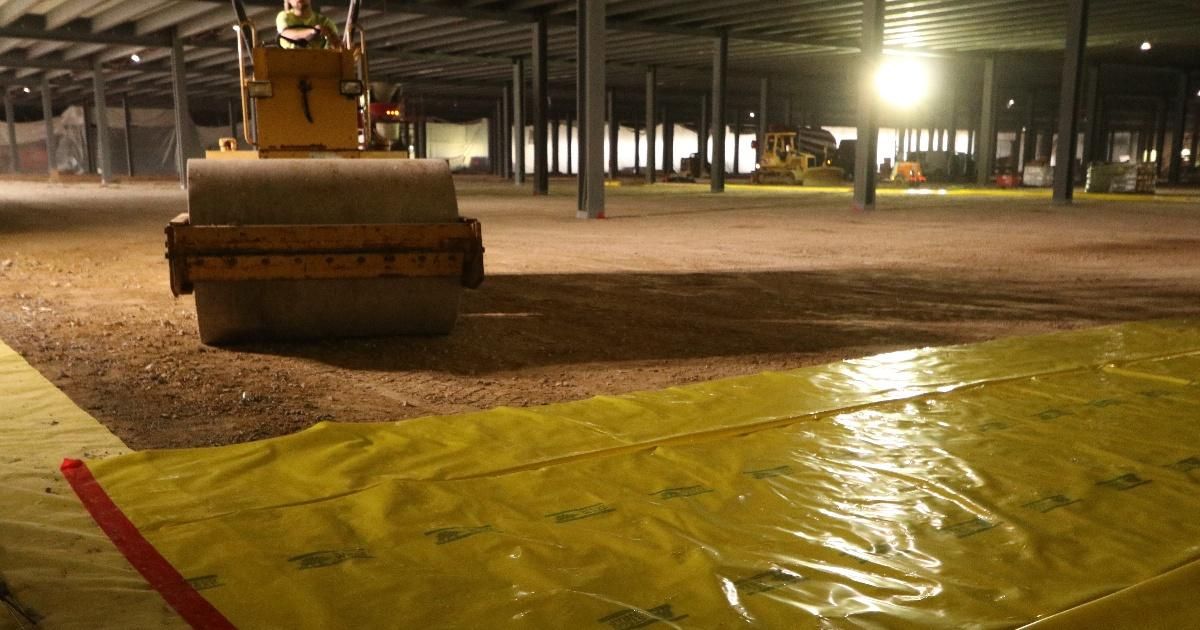


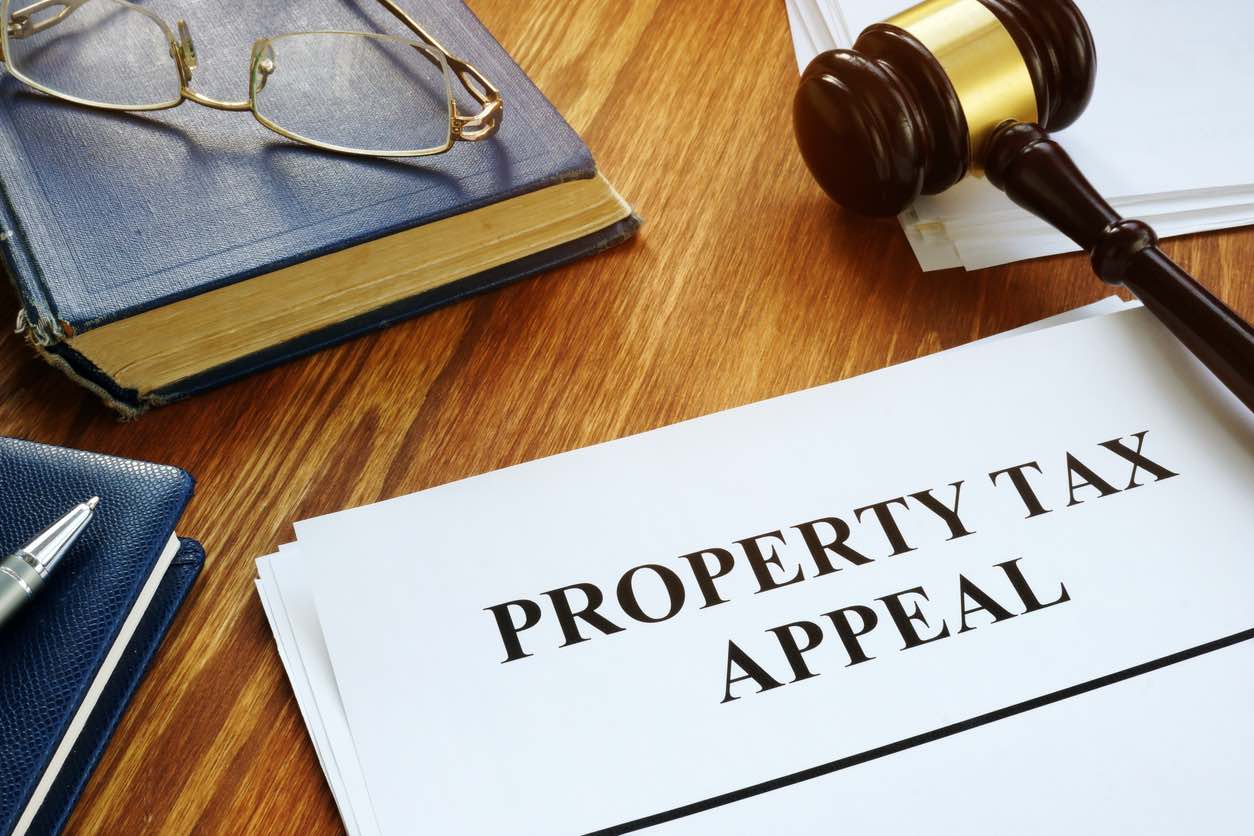

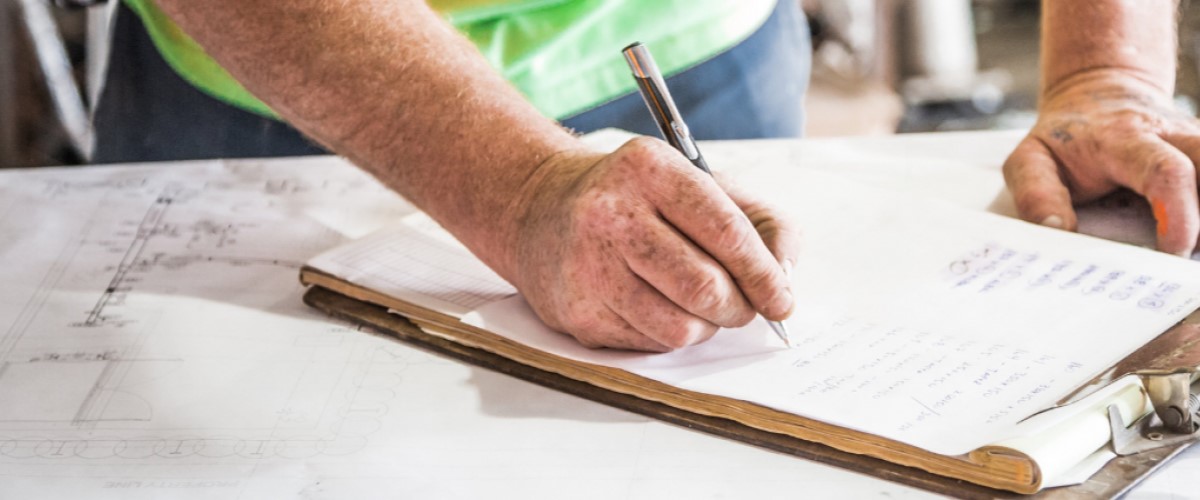
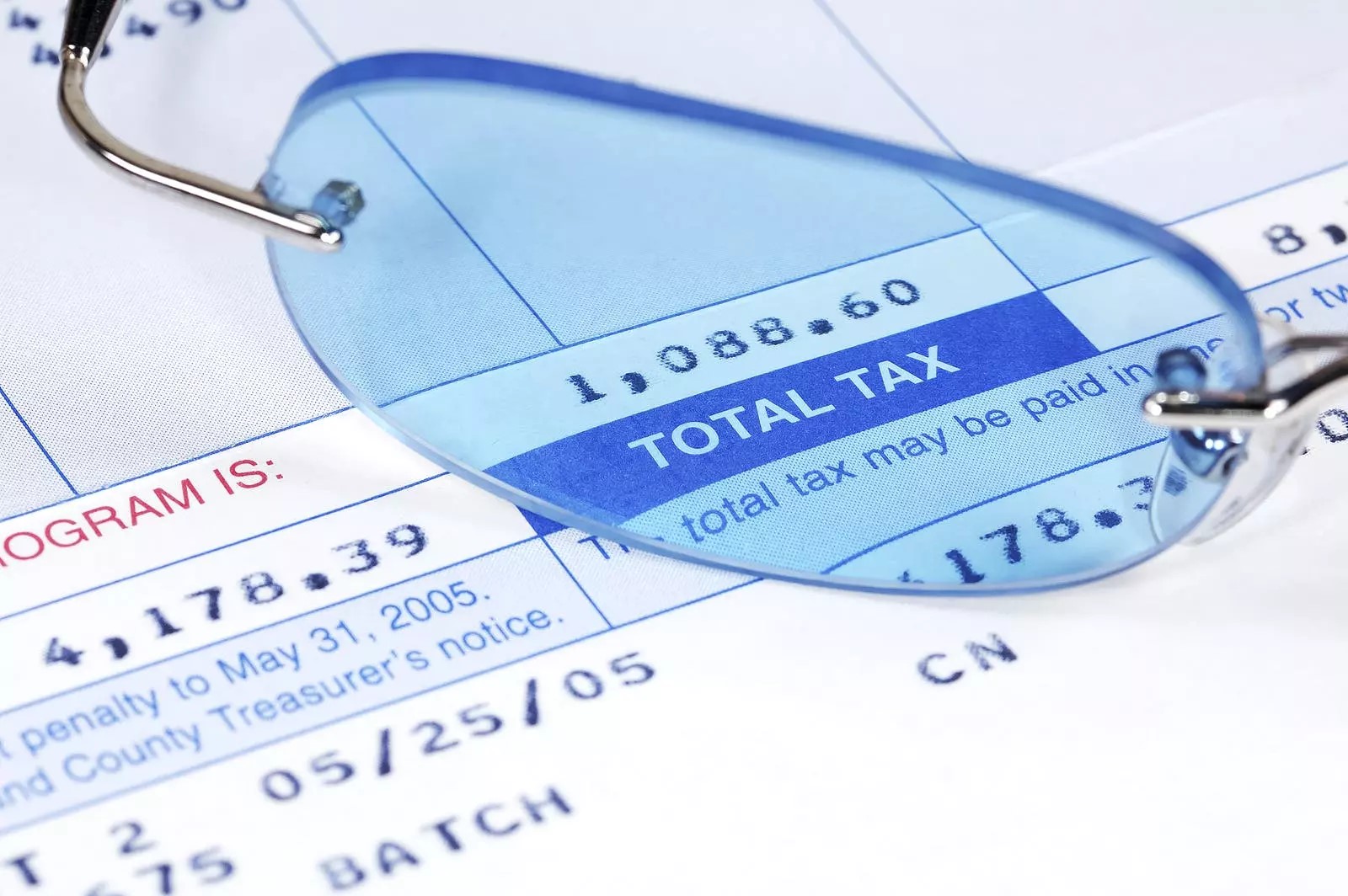

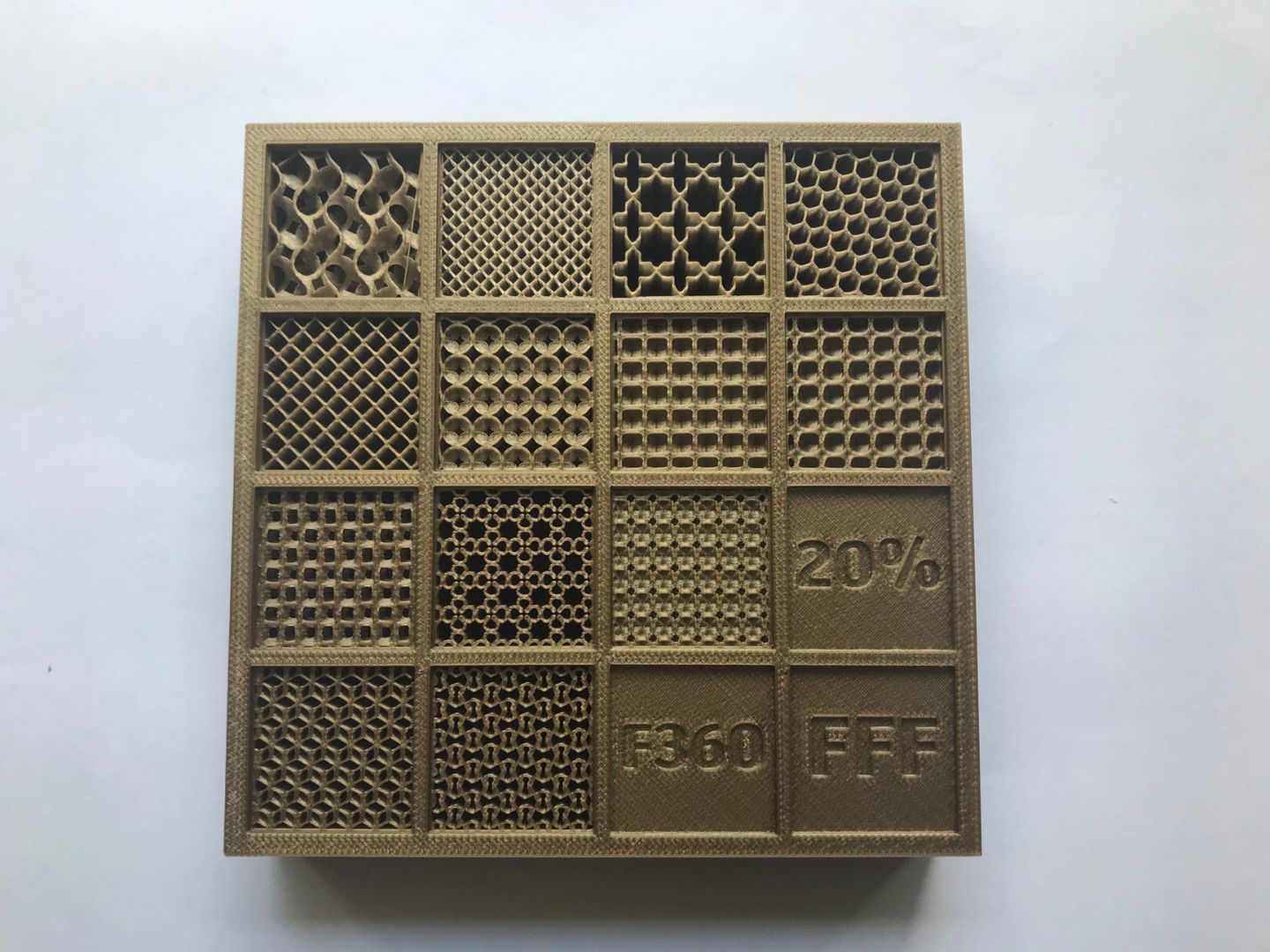


0 thoughts on “What Does An Interior Slab Infill Inspection Entail In Collier County”